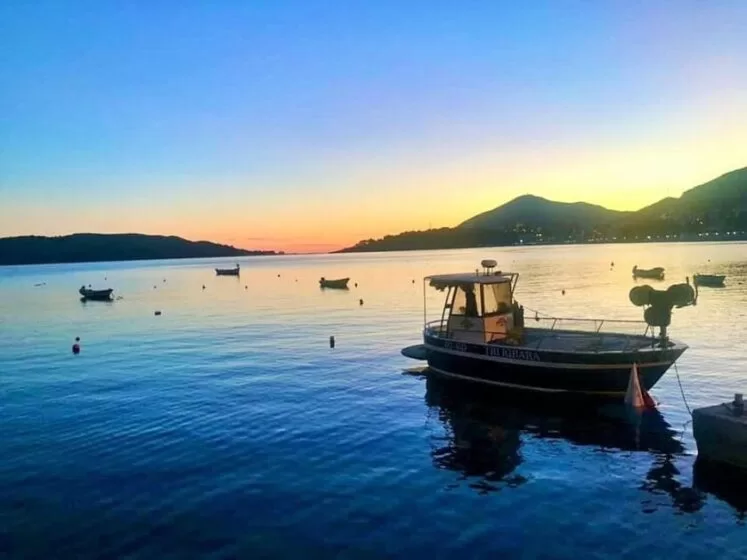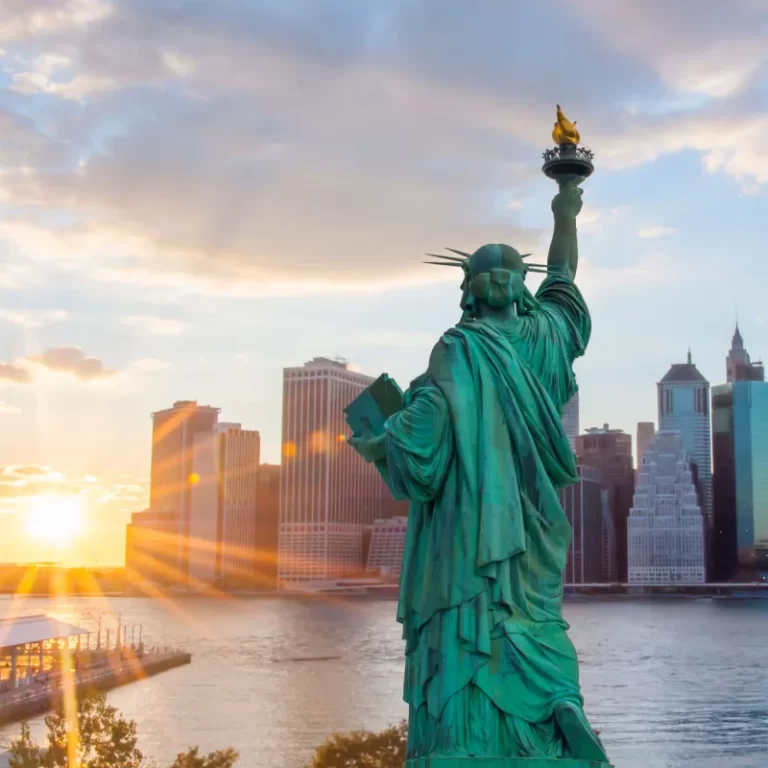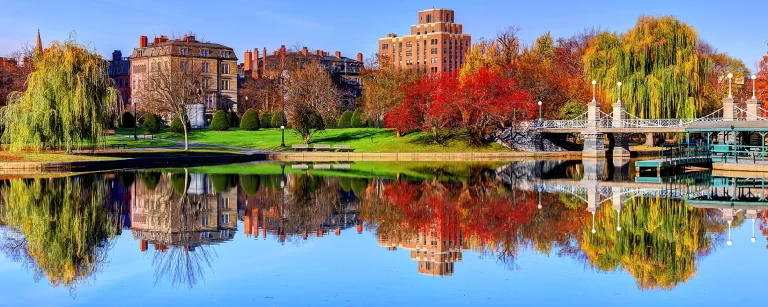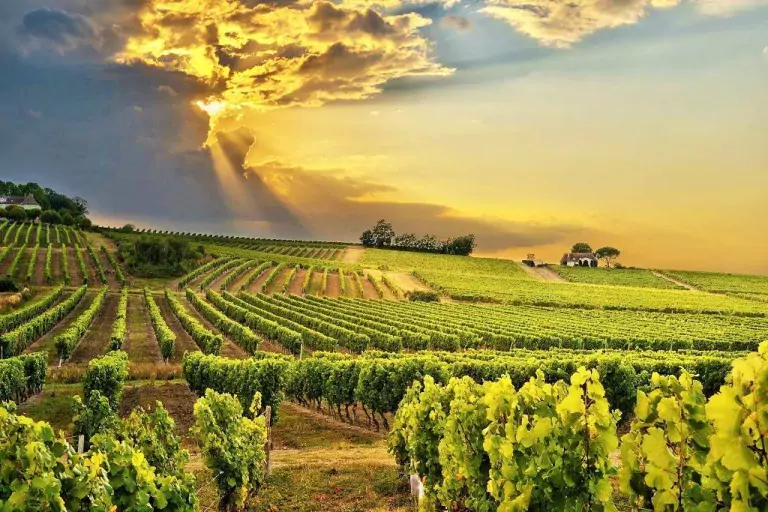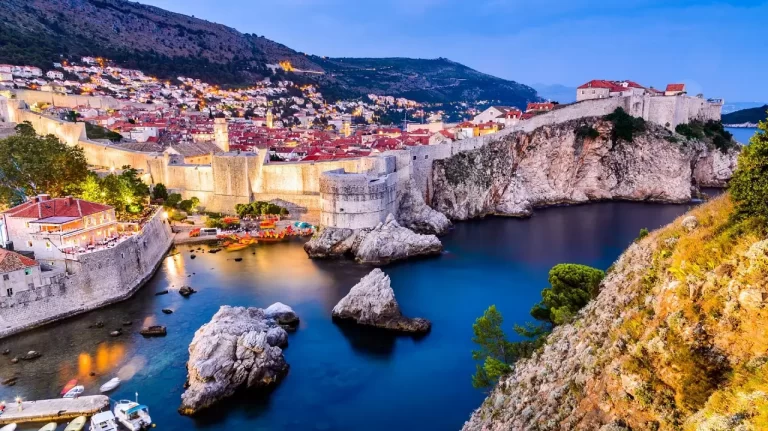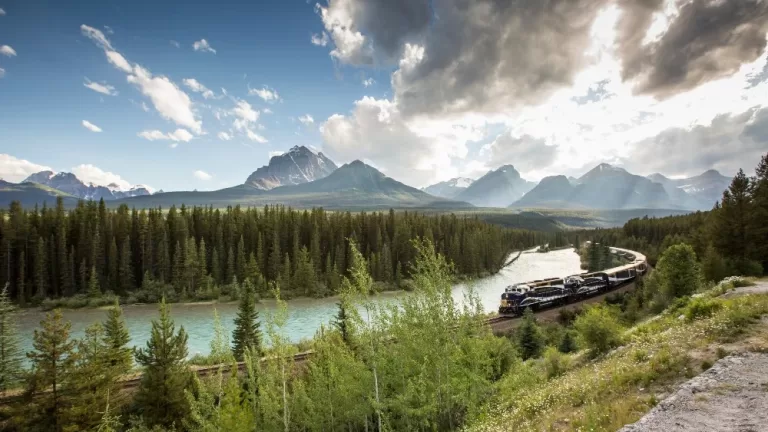Montenegro
Table of Contents
ToggleThe undiscovered jewel of the Adriatic, which most have never heard of or even know where it is.
Here’s our story of how we went from hearing about Montenegro, to buying an apartment six weeks later, to eventually immigrating there for two years!
For a long time we had been looking for a second country to call home. It was becoming clear that South Africans needed a “plan B”. We had looked into countries like New Zealand, Australia, Italy, Panama and Greece…any country that would take us and where the red tape/bureaucracy was not too much of an obstacle to getting residency. Driving home from work one night Mike heard a radio interview, the topic – Montenegro. That night we started researching Montenegro and from what we saw, we were immediately motivated to purchase flights. It was during the peak of Covid and embassies were not issuing visas. Fortunately we had valid USA visas so all that was required was a negative PCR test and we were good to go.
Three weeks later we landed in Podgorica for the start of a two-month exploration to see if we would enjoy living in Montenegro. We rented a self-catering apartment in Rafailovici in Budva for the first month. It was a charming apartment with a balcony right on the sea. Within days we had both decided that we wanted to live and retire here. We started exploring different areas and looking at properties. Three weeks later we bought our apartment and spent the next month getting it ready before returning to South Africa to pack up and collect out fur babies.
Montenegro is a small country with a population of about 635 000, the spoken language is Serbian and the currency is the Euro. It’s not yet part of the EU, but they have approved candidate status and are busy with the process. Life is simple, safe and the cost of living is considerably lower than the rest of Europe. The terrain is very mountainous which is great for those living on the coast (there is 240km of coastline) because everybody has a view of the ocean. The major coastal areas that tourists or expats tend to gravitate towards are Budva, Kotor, Tivat and Herceg Novi. Each town offering something special that would appeal to different individuals.
Budva
Budva is a coastal town on the Adriatic Sea and the surrounding area including Becici is often referred to as the Budva Riviera. The town is home to approximately 19,000 residents and is the administrative centre of the Budva Municipality which also includes the towns of Sveti Stefan and Petrovac. Budva is regarded as one of the tourist hot spots in Montenegro and is best known for its well-preserved medieval old town with its numerous restaurants, cafes and shops as well as its sandy beaches and vibrant nightlife.
Tivat
Tivat is the youngest of the towns on the Boka Bay coastline and is home to approximately 10,000 residents. It is the administrative centre of the Tivat Municipality which is also the smallest of the Montenegrin municipalities. Included in the municipal area are the popular coastal towns of Lustica Bay and Krasici. The Tivat airport is situated 3km from the town and is the largest in Montenegro servicing scheduled flights as well as numerous private and charter flights. The old naval shipyard in Tivat has been developed into a luxury waterfront village called Porto Montenegro which includes one of the best super yacht marinas in the Mediterranean.
Kotor
Kotor is tucked away in a picturesque fjord like part of Boka Bay. The town is home to approximately 13,500 residents and is the administrative center of the Kotor Municipality which also includes other popular towns like Perast and Dobrota. The old town of Kotor is one of the best preserved medieval old towns in the Adriatic and is a double UNESCO World Heritage Site. It is surrounded by fortifications built during the Venetian period and the view from the St John’s Fortress at the top is breath taking. In recent years Kotor has seen a large increase in the number of tourists from visiting cruise ships which dock alongside the old town.
Herceg Novi
Herceg Novi is located opposite the entrance to Boka Bay and is the administrative center of the Herceg Novi Municipality. It is the home to approximately 31,000 residents and is affectionately known as the city of steps and sun with over 200 sunny days a year. The region has been occupied by the Ottoman Empire, Albanian Veneta and Republic of Venice all of which has resulted in a diverse and picturesque architectural style particularly in the old town. Herceg Novi is also home to the Portonovi development which includes a world class marina and the first One&Only resort to be built in Europe.
Podgorica
Podgorica is the capital and largest city of Montenegro.
The area around Podgorica has been inhabited since ancient times, with evidence of settlements dating back to the Neolithic period. Over the centuries, it has been part of various empires and states, including the Roman, Byzantine, and Ottoman Empires. Podgorica became the capital of Montenegro in 1946, following World War II.
While Podgorica may not have as many historical landmarks as other European capitals, it still offers attractions worth visiting.
Millennium Bridge: A modern cable-stayed bridge spanning the Morača River, offering stunning views of the city.
Cathedral of the Resurrection of Christ: A striking Orthodox cathedral, one of the largest in the region, known for its distinctive architecture.
Clock Tower: A symbol of Podgorica, located in the Old Town area, dating back to the Ottoman period.
King Nikola’s Palace: Former royal residence, now housing a museum showcasing Montenegrin history and culture.
Gorica Hill: A popular recreational area with walking paths, parks, and panoramic viewpoints overlooking the city.
Other than having the best variety of restaurants in Montenegro and your most likely point of entry into the country, its not a town I would choose to spend my vacation. Rather head to the towns mentioned above for a more authentic experience.
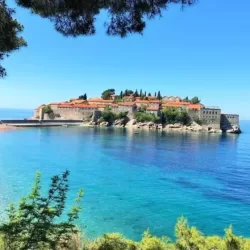
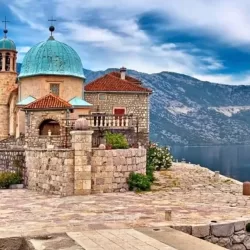
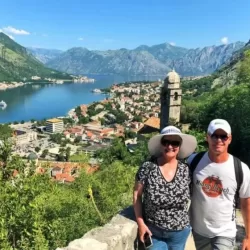
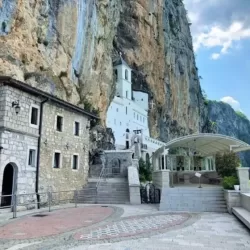
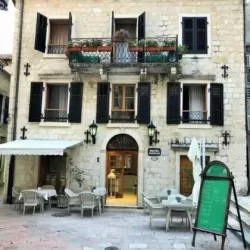
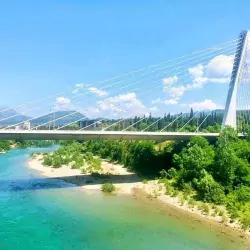
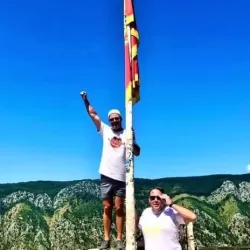
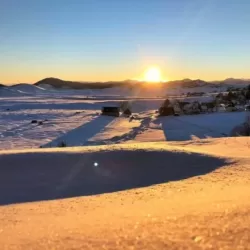
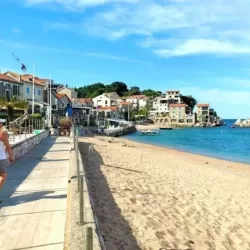
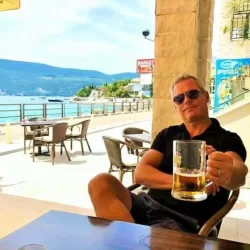
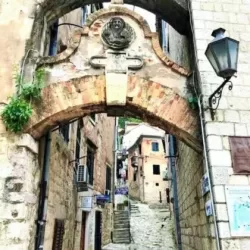
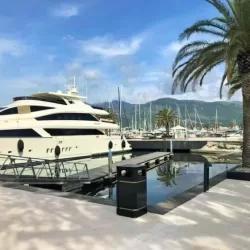
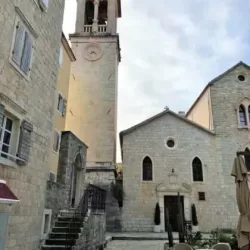
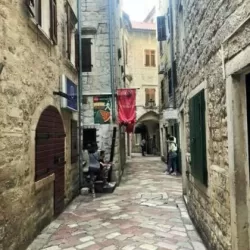
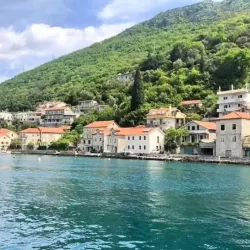
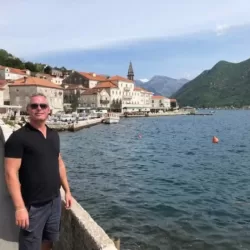
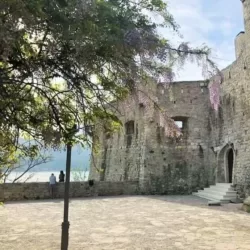
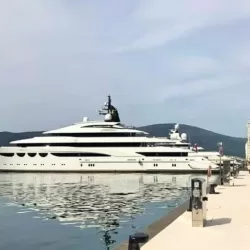
What to Do in Montenegro
- The old towns of Budva, Kotor and Herceg Novi. Very reminiscent of the Venetian buildings and Italian cobble stone streets, they offer quaint boutiques, restaurants and bars with a scattering of ornate chapels.
- See Boka Bay from the water. Take a 3 to 4 hour boat cruise from Tivat or Kotor which will take you around the bay to see the Lady of the Rock, old submarine tunnels and the Blue Cave.
- Skadar Lake is the largest lake in Montenegro. Visit Virpazar and have lunch in the quaint village before taking a relaxing boat tour of the lake. It’s not necessary to spend the night there, a day trip will be sufficient.
- Walk the promenade in Budva or Herceg Novi. Budva has a great walk that runs all the way from the Old Town to Sveti Stefan. It’s a long walk (about 10km one way) but is breathtakingly beautiful and well worth the effort. If you haven’t got time for the full walk, the section from Sveti Stefan past Kings Beach and Queens Beach to Przno is a MUST.
- If you happen to find yourself here in winter (December to February) and want to ski or learn to ski, then Kolasin and Zabljak are the towns to head to. They offer great ski slopes at a fraction of the price one would pay in any other European ski resorts.
- Visit the beautiful Ostrog Monastery that has been built into the side of the mountain.
- Take a stroll through Perast, a charming village on the water’s edge close to Kotor. It has some of the most beautiful stone buildings dating back to the period of the Venetian occupation. It is also a convenient place from which to catch a water taxi to the Lady of the Rock.
- Hiking, mountain biking and canoeing are other very popular activities. There are many trails and walks throughout Montenegro. The water in Boka Bay is also like a mirror most of the time so it’s ideal for SUPing, sailing and canoeing.
- Visit Porto Montenegro and Porto Novi to see how the other half live. These are the two world class marinas which are home to some of the most expensive luxury yachts in the world.
Tips on Visiting Montengro
- The spoken language is Montenegrin and Serbian. They are very similar to each other and the majority of locals do not speak English. So its best to learn a few phrases or keep Google Translate handy.
- Flying into Montenegro you will most likely land at the capital Podgorica. Flights to the smaller and more convenient airport Tivat are slightly more expensive and less frequent. Alternatively if you have an EU, USA or UK passport you can fly into Dubrovnik. Within a short drive you will cross the boarder into Herceg Novi. An ideal location to start your Montenegrin vacation.
- August is the worst month to visit as its the hottest and the busiest. June and September arent as busy and the weather is great.
- Looking for a cheap ski holiday? Then visit Montenegro in winter (December to March). They have two small skiing towns – Jablak and Kolašin. Cosy wooden cabin are dirt cheap and daily ski passes are more affordable than the rest of Europe.
- Head to a tourist office and pay your tourist tax within 48 hours. Most accommodation venues include this fee and will register you, just make sure to get your receipt to avoid fines when leaving the country.
Montenegro is a country of untouched beauty offering sea, snow, forests and mountains. A two-hour drive will get you from one end to the other. It’s like going from one country to a completely different one.
For more articles on our adventures, see the Editorials page.

